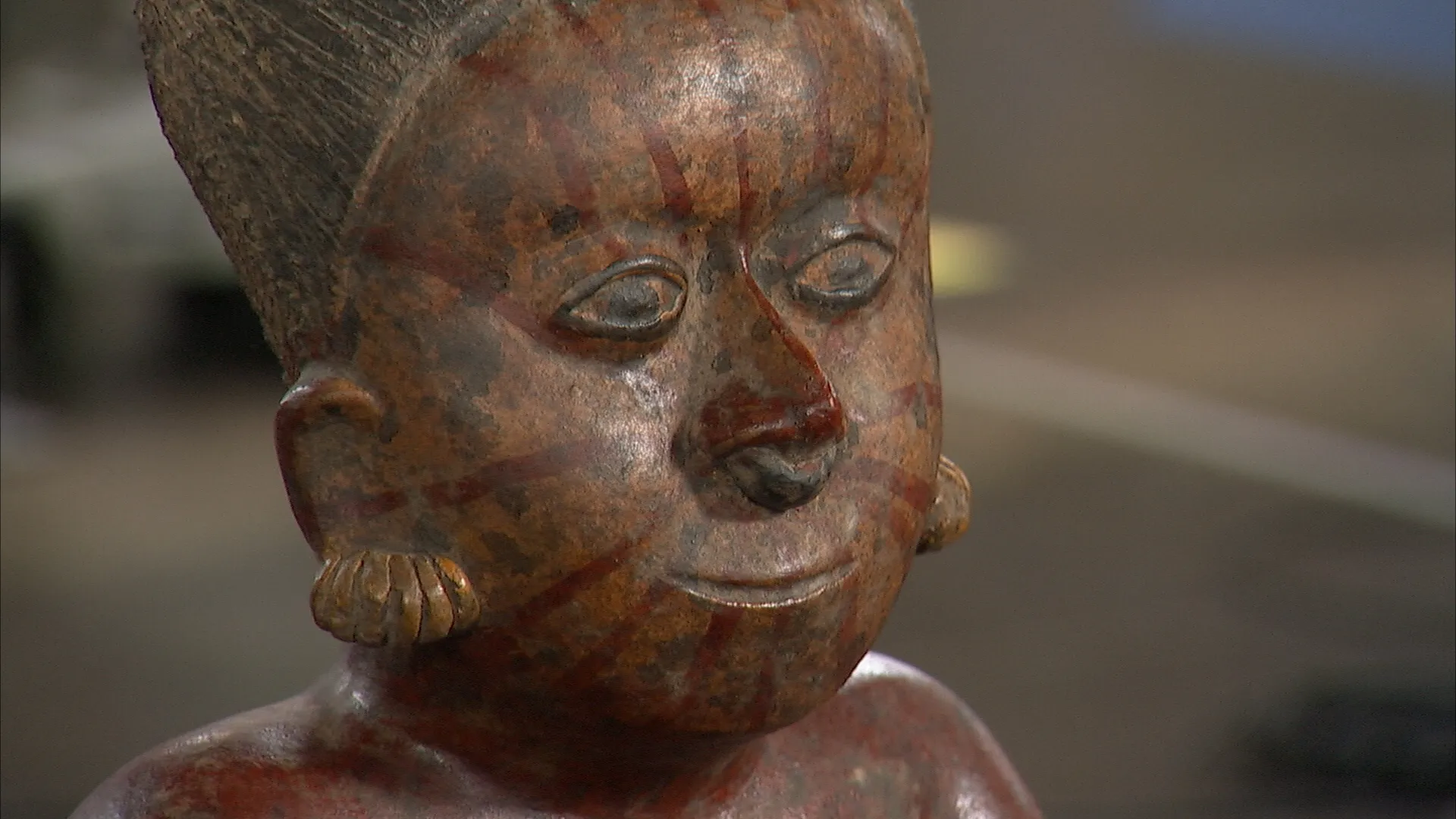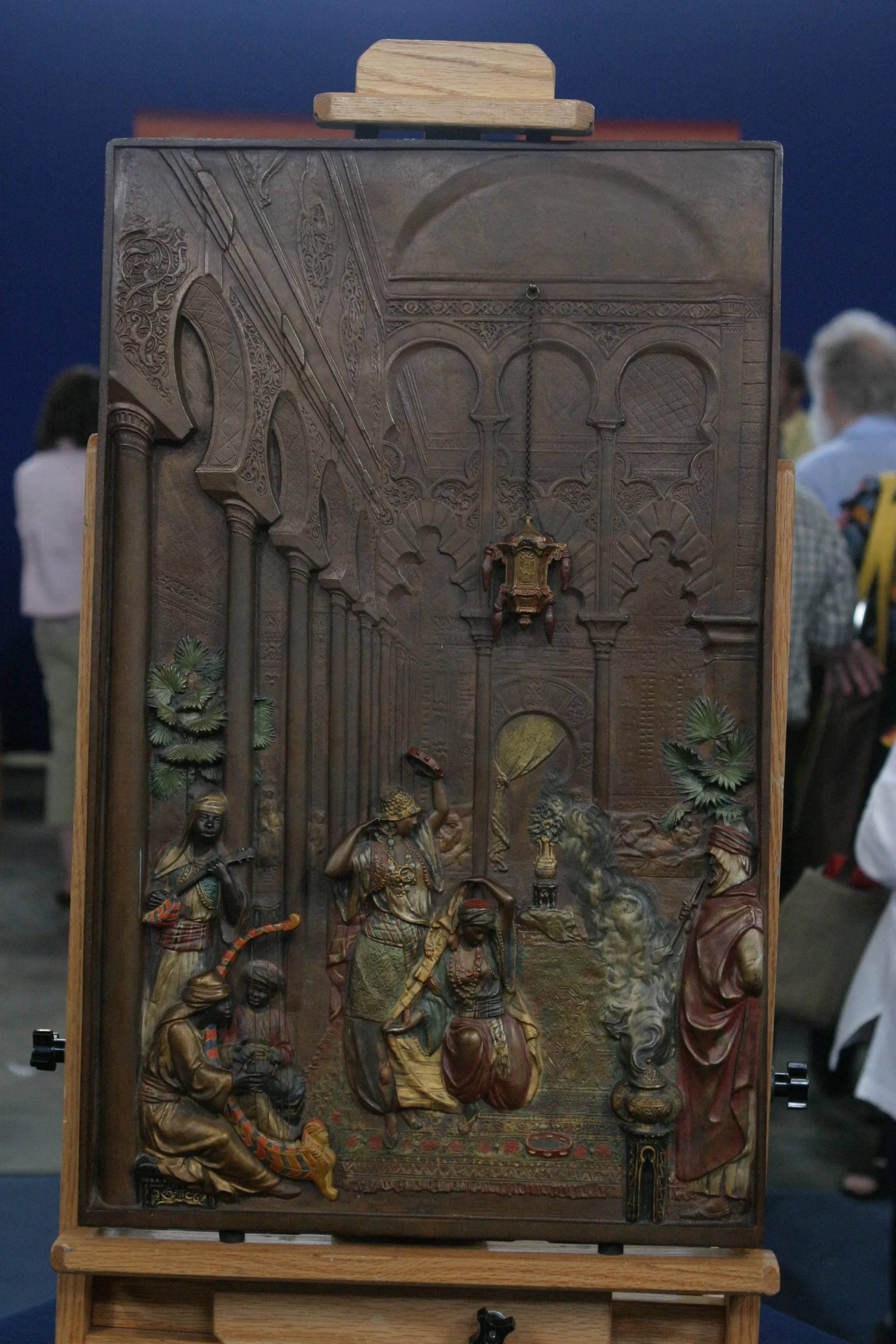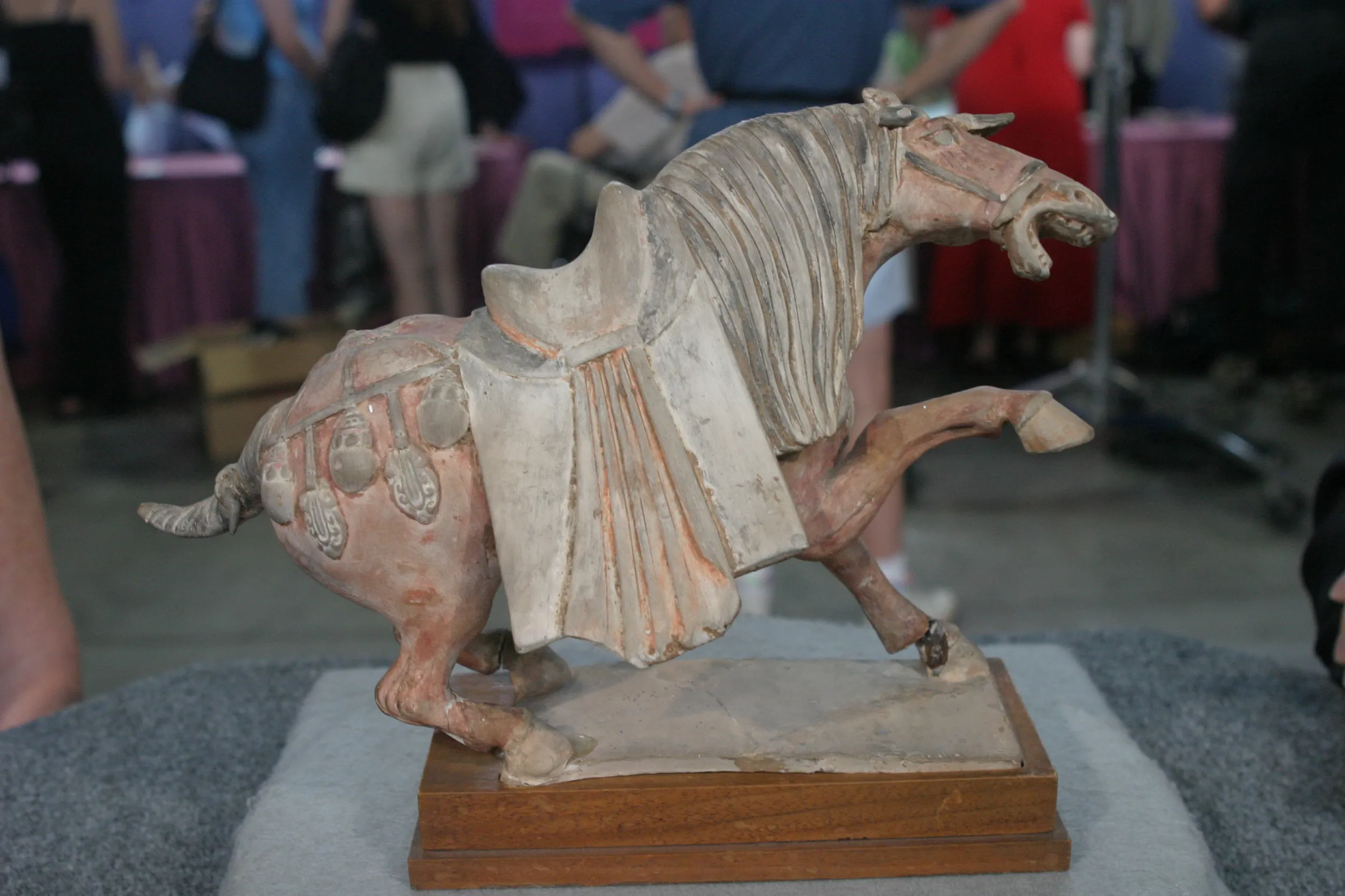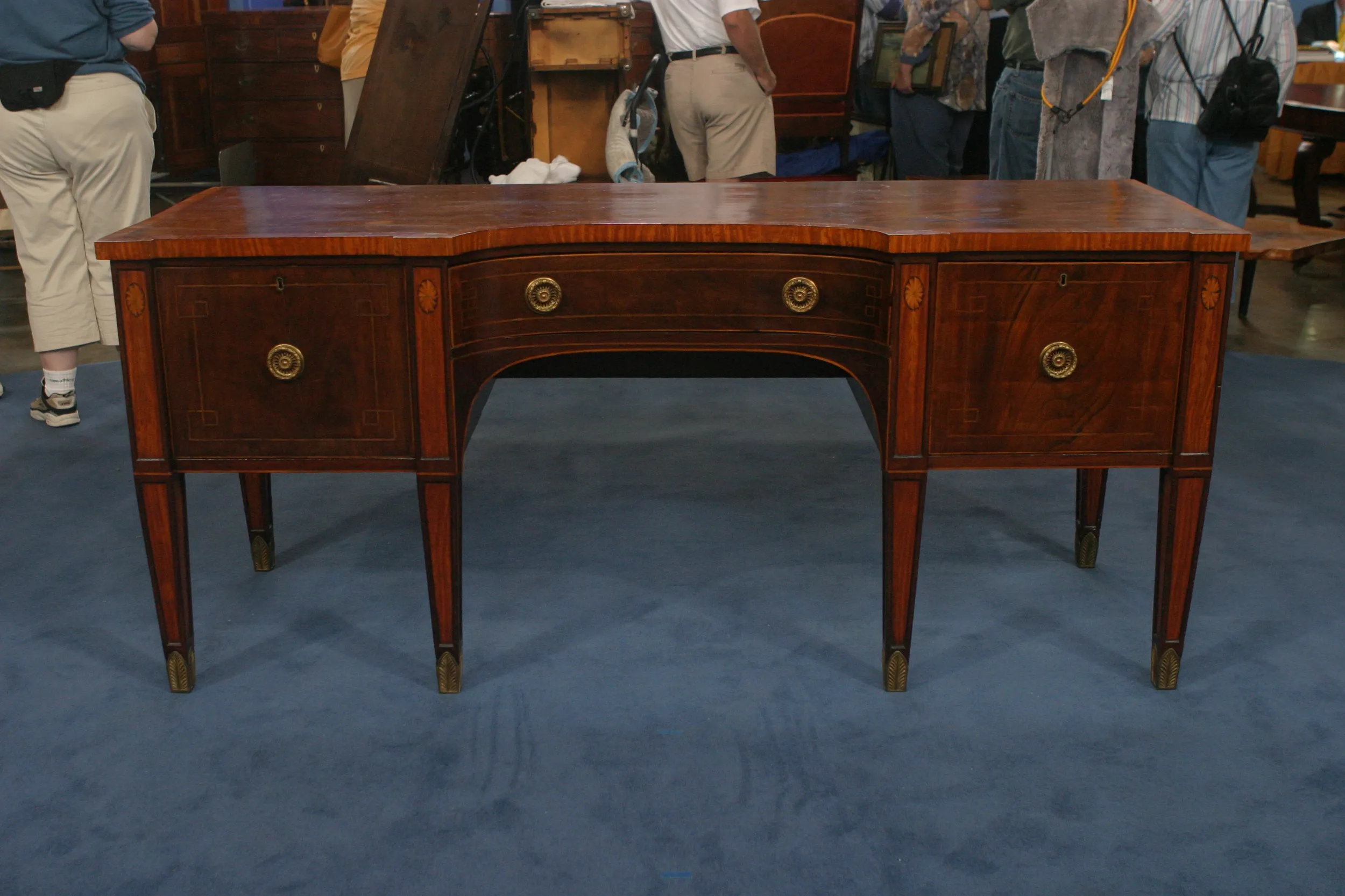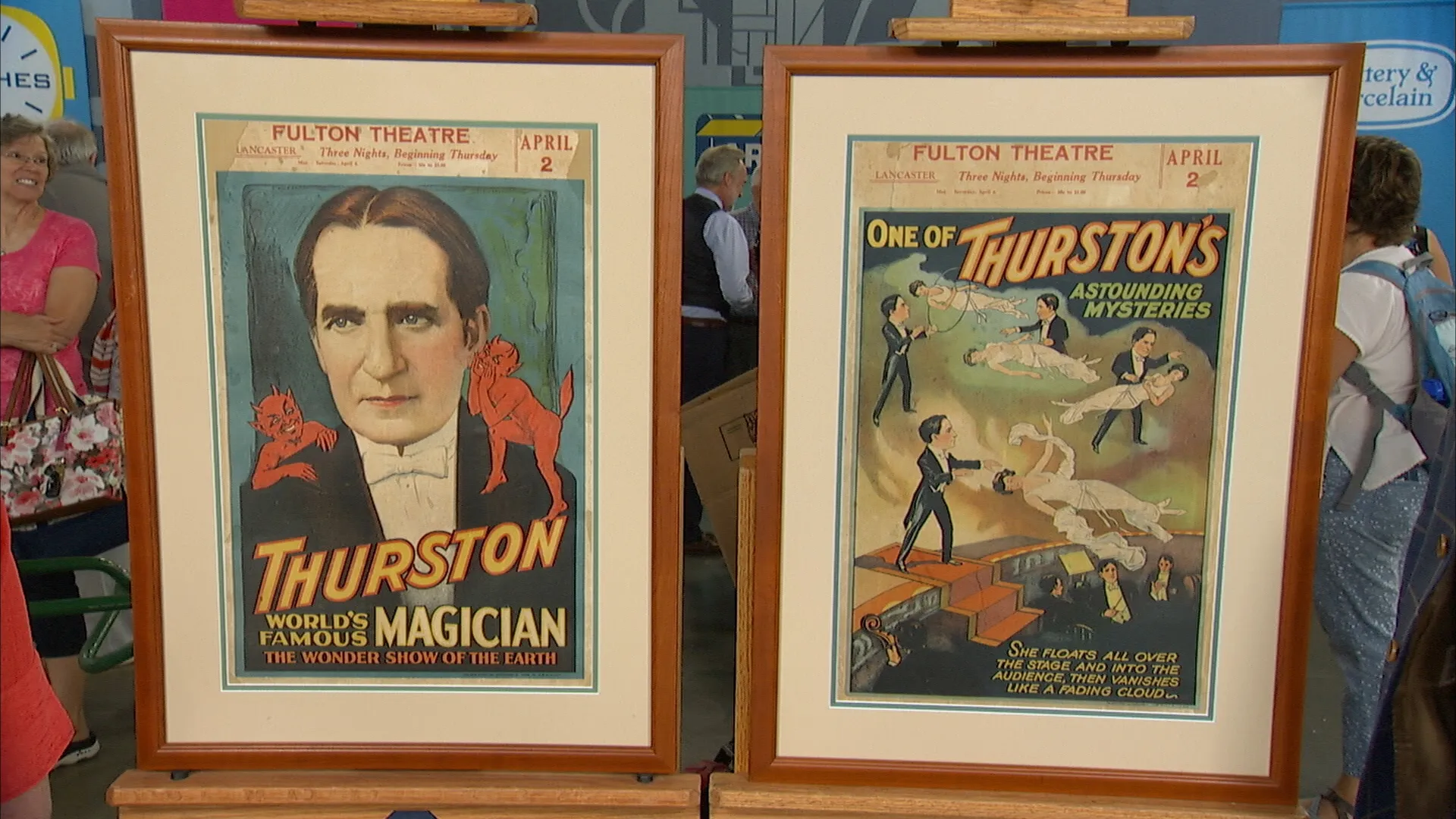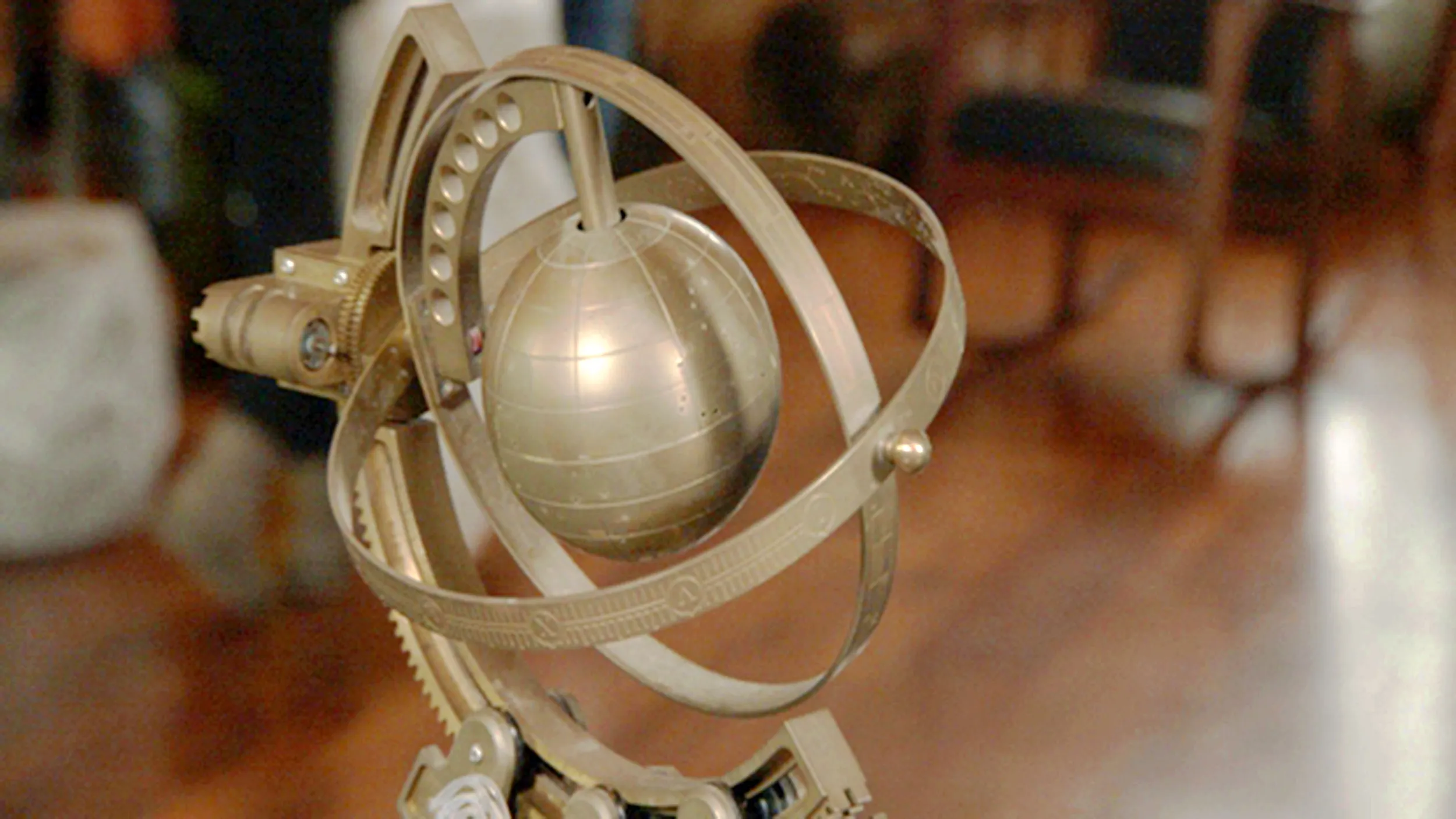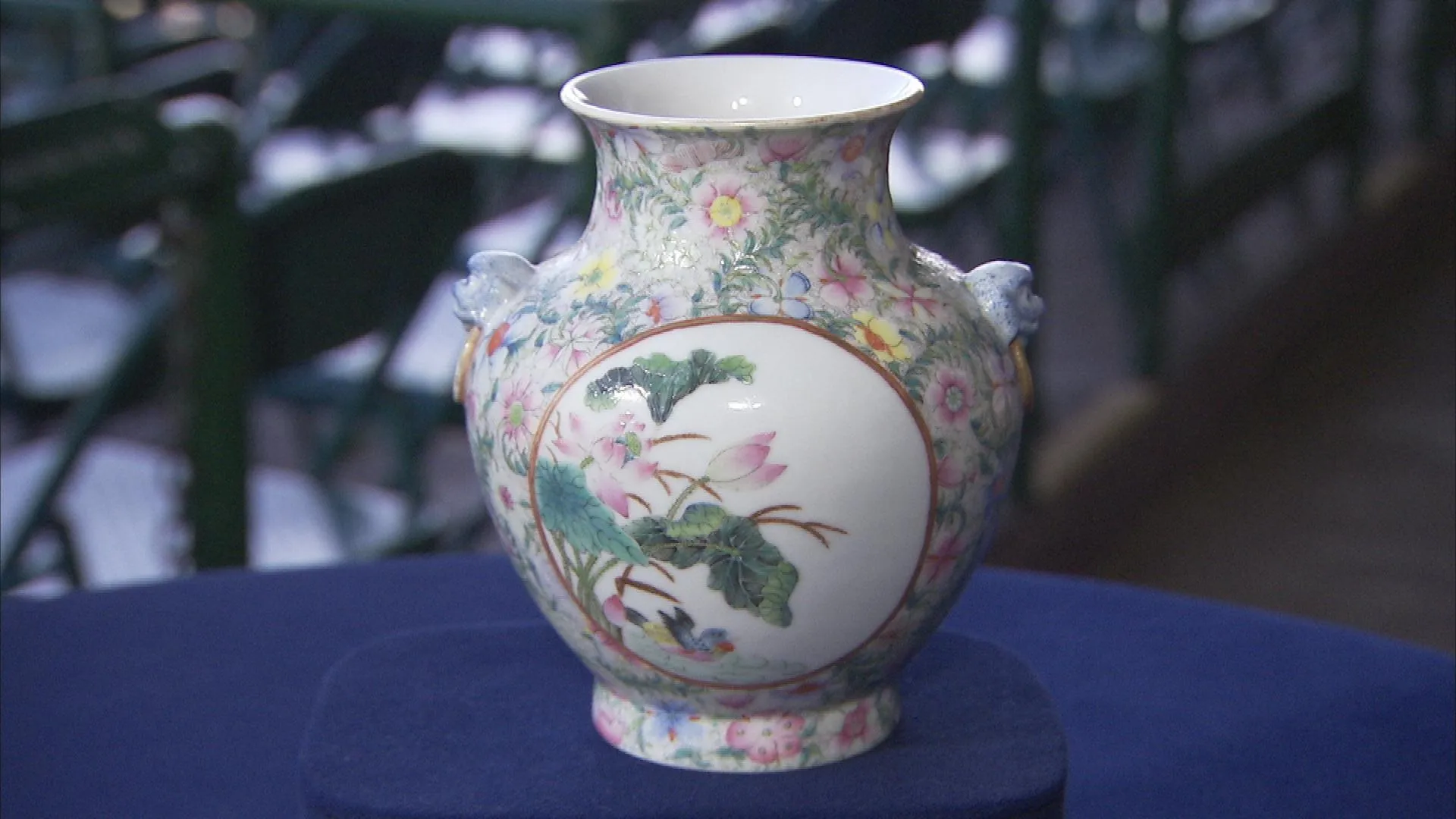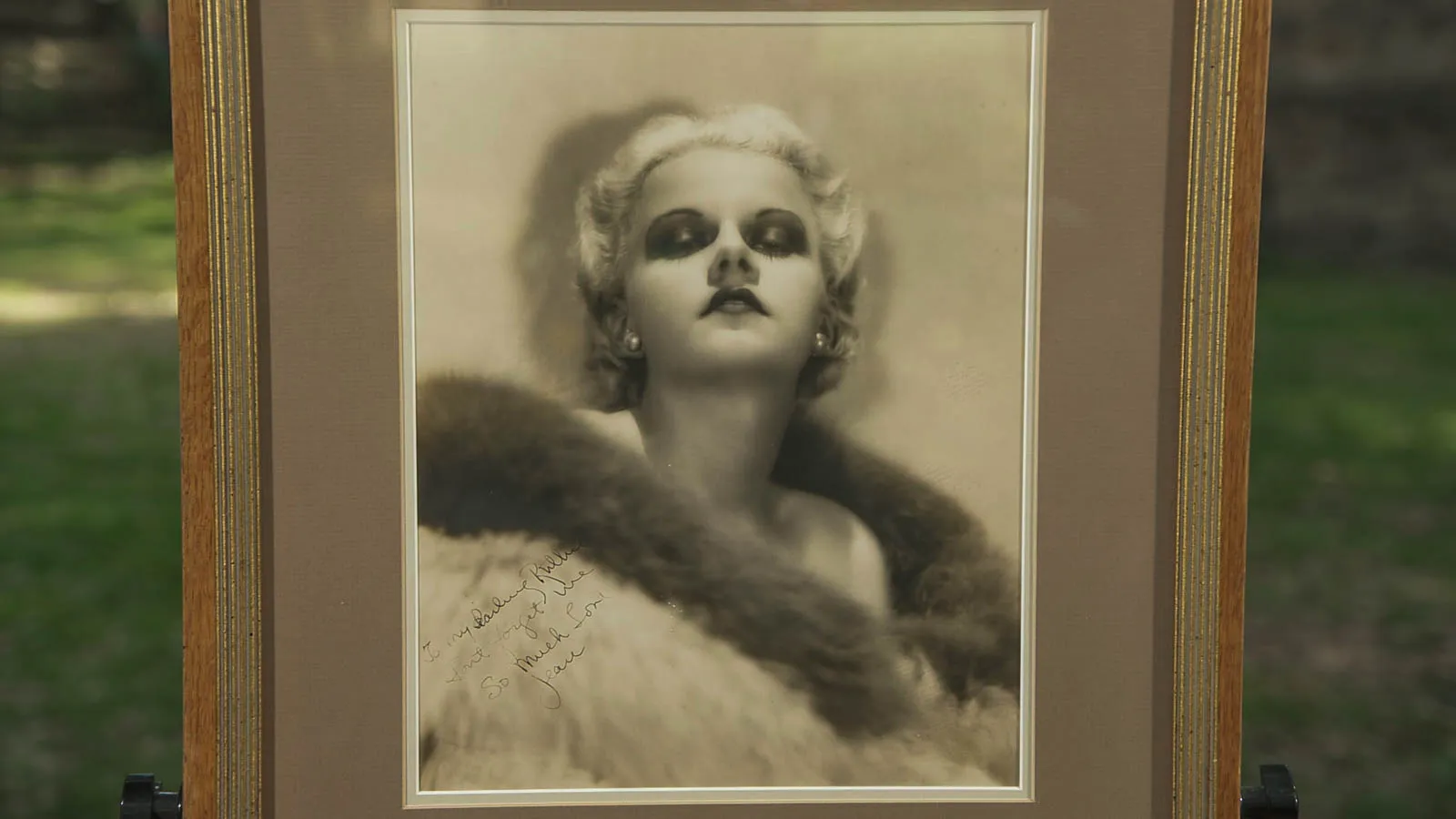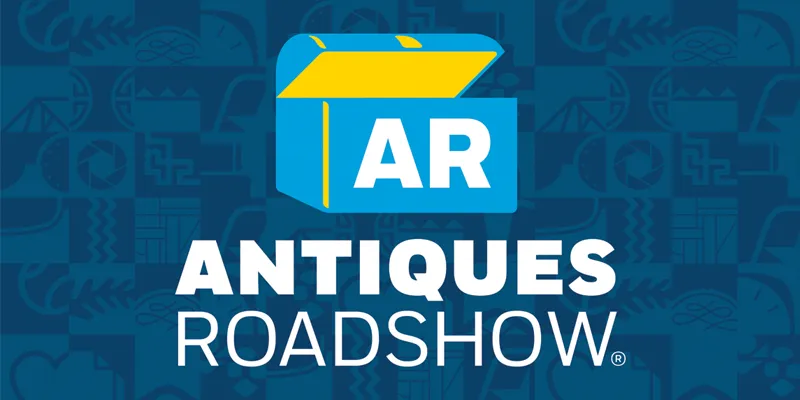GUEST: I bought it from a shop in Evanston, North Carolina, which was ran by Northwestern University. And apparently, one of their curators had brought it back from New Guinea in the '50s. And a friend of mine sold stones to them, and she told me it was there, went to look at it, couldn't afford it. About a year later...
APPRAISER: What were they asking for it?
GUEST: They were asking $6,000.
APPRAISER: Okay.
GUEST: And a year later they were closing the shop, and they marked everything half price. It was my birthday, $3,000, I bought it.
APPRAISER: Do you have any other background on the piece?
GUEST: Basically, it's from the Sepik River in New Guinea.
APPRAISER: And what year did you buy it?
GUEST: I bought it in, like, '76, I think.
APPRAISER: Okay. It absolutely is Sepik River. It's from the western Sepik, in the Ramu River area. And this right here, the way that this head is carved, that's diagnostic for Ramu River. Now, historically, the Dutch were in New Guinea in 1820s, the Russians were in New Guinea by the 1870s, and the Germans were in there by the 1880s. So there's been a lot of Western influence, and that's something that we have to keep in mind. On pieces that are real early, they're going to either be stone or shell cut. Now, if you look over here carefully at these very sharp edges, this is clearly metal cut. So this is probably a mid-20th century piece. Now, it absolutely is authentic, and if you look at the surface in through here, you can see it's been rubbed and beaten.
GUEST: Mm-hmm.
APPRAISER: And you'll also see traces of red, which is also a color that's very typical of the Ramu River that they use to sort of enhance their objects. So it's absolutely right, but it's a little bit later. So that's something that we have to take into consideration on value. Now, the other thing, you'll see that it's got some condition problems. We've got a fairly large gap here. There's a big crack in the back.
GUEST: Mm-hmm.
APPRAISER: That also impacts it. The other thing is we've got a pretty significant downturn in the economy right now. In most cases, it's going to be an institutional client that will buy these. So what we have is we have a fairly late piece, we have a very limited market, but the piece is authentic. So this thing now is probably worth $3,000 to $5,000. If you had one that was, say, into the 19th century and it was done with shell or stone, it could be $50,000, $60,000, $70,000, $80,000.
GUEST: Yeah.
APPRAISER: I don't know whether that's good enough to make you beat the drum, but can you do it?
GUEST: Oh, sure. Anything. (drum banging)


